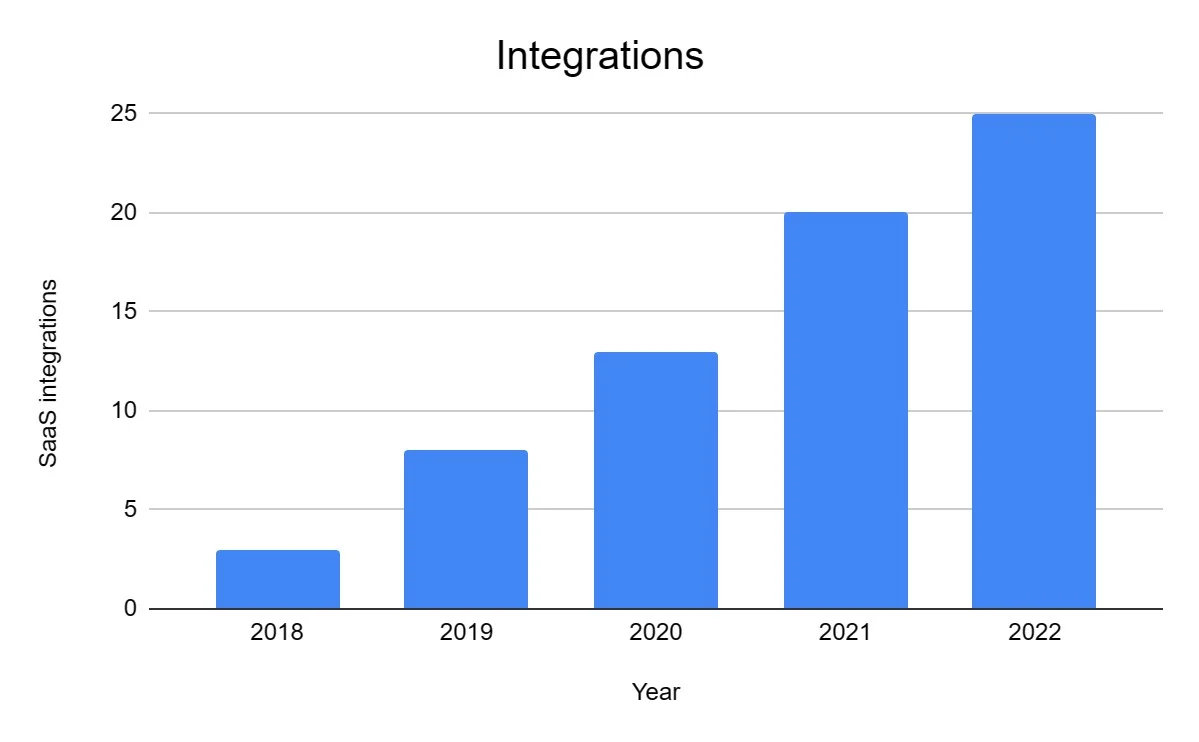The stages include Planning, Analysis, Design, Development, Implementation, and Maintenance. Each stage contributes to the successful completion of the system, with System Design serving as a crucial component. Around seven or eight steps appear commonly; however, there can be anywhere from five upwards to 12. Typically, the more steps defined in an SDLC model, the more granular the stages are.
The tools that this methodology prescribes should have built-in quality and project control measures, ensuring that a certain quality level is maintained. These properties enhance the management of time and specifications of the project. SDLC is a method, approach, or process that is followed by a software development organization while developing any software. SDLC models were introduced to follow a disciplined and systematic method while designing software. With the software development life cycle, the process of software design is divided into small parts, which makes the problem more understandable and easier to solve.
Software Solutions That Support the System Development Life Cycle
The Agile model has existed for a long time, and still hasn’t lost its punch. Lately, the model is widely adopted by organisations, and it is proven to be quite the driving force behind software development. Some companies see so much value in the model that it is used for other projects, including non-technical projects and activities.

In addition, the team monitors overall system performance, security, and user experience to identify new ways to improve the existing software. Frequently, https://www.globalcloudteam.com/ several models are combined into a hybrid methodology. Many of these models are shared with the development of software, such as waterfall or agile.
Analysis
It can also include adding new features or functionality to a current product. Operations refer to the day-to-day running of a software product or service, such as performing backups and other administrative tasks. After training, systems engineers and developers transition the system to its production environment. Once a system has been stabilized through testing, SDLC ensures that proper training is prepared and performed before transitioning the system to support staff and end users. Training usually covers operational training for support staff as well as end-user training.

However, it can be expensive for smaller projects with a limited scope. It’s easy to identify and manage risks, as requirements can change between iterations. However, repeated cycles could lead to scope change and underestimation of resources. Fundamentally, SDLC trades flexibility for control by imposing structure. It is more commonly used for large scale projects with many developers.
Feasibility Study or Planning
During this phase of the System Development Life Cycle, the requirements and desired functions are described in great detail, including process charts, rules, and other documentation. By adding new steps, developers could define clearer and more effective actions to reach certain goals. The framework is structured in a methodical way, and is used to offer an outline for the development and adjustment of technical and non-technical components of a high-quality system. The development team must determine a suitable life cycle model for a particular plan and then observe to it. The following diagram shows the complete life cycle of the system during analysis and design phase. Other steps which may appear include project initiation, functional specifications, detailed specifications, evaluation, end-of-life and other steps that can be created by splitting previous steps apart further.
The Big Bang model in SDLC is a term used to describe an informal and unstructured approach to software development, where there is no specific planning, documentation, or well-defined phases. SDLC specifies the task(s) to be performed at various stages by a software engineer or developer. It ensures that the end product is able to meet the customer’s expectations and fits within the overall budget.
System Design
The project manager is the overall control agent for a strong SDLC process. Following each phase of a system development life cycle the team and project manager may establish a baseline or milestones in the process. The baseline may include start date, end date, phase/stage duration, and budget data. These baseline assists the project manager in monitoring performance. Today, most teams recognize that security is an integral part of the software development lifecycle.
- Each stage in the SDLC has its own set of activities that need to be performed by the team members involved in the development project.
- If the software is in-house, it may mean implementing the change management process to ensure user training and acceptance.
- SAD is mostly used to find a balance between requirements at a higher level.
- An existing system is replaced by a new system that consists of replaced components or modules to ensure that it meets new requirements.
It can be seen that testing is a main consideration in Benington’s model of information system development. Another variation of the SDLC model, where project verification and evaluation of each phase is also required, is the V-shaped model. In contrast, system development life cycle sdlc the waterfall model may be more appropriate for low-risk projects where requirements are well understood and potential bugs can be identified more easily. The development team combines automation and manual testing to check the software for bugs.
Phase 7: Maintenance
The development process goes through several stages as developers add new features and fix bugs in the software. It is a structured process that software developers and organizations follow to design, develop, test, and maintain software systems and applications. The primary goal of SDLC is to produce high-quality software that meets user requirements, is delivered on time and within budget, and is maintainable and scalable.
Departments Seeking CIO, Portfolio Manager, Application Developer – Insider Homepage Redirects
Departments Seeking CIO, Portfolio Manager, Application Developer.
Posted: Wed, 11 Oct 2023 22:35:13 GMT [source]
SDLC comprises a detailed description or step-by-step plan for designing, developing, testing, and maintaining the software. The software development lifecycle addresses only the development and testing of software components. On the other hand, system development is a broader superset involving the setup and management of the software, hardware, people, and processes that can make up a system. It can include tasks like organizational training and change management policies that don’t fall under the software development umbrella. SDLC is a systematic process for building software that ensures the quality and correctness of the software built. SDLC process aims to produce high-quality software that meets customer expectations.
Expert Systems Construction
Both professionals and end-users should be able to reap the benefits of the new system during this phase. The third phase is the moment when end users have an opportunity to discuss and decide their specific information needs. This is also the phase where essential components of the system (hardware, software) and structure are considered. Additionally, this framework ensures that the system is developed within the given time constraints and budget. Thanks to SDLC, the new system is implemented flawlessly in the current and future IT-infrastructure of a given company.



Leave a Reply
Want to join the discussion?Feel free to contribute!